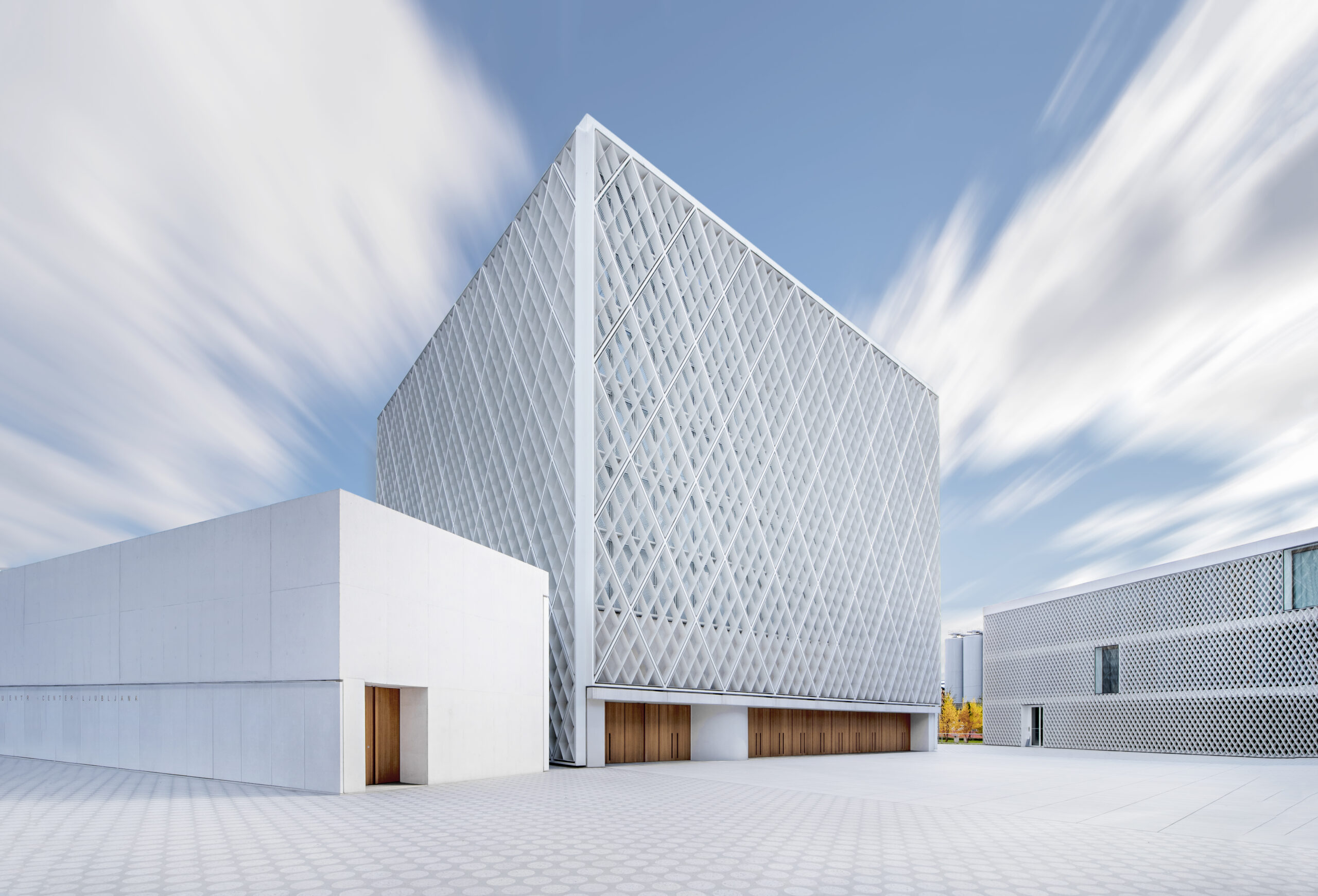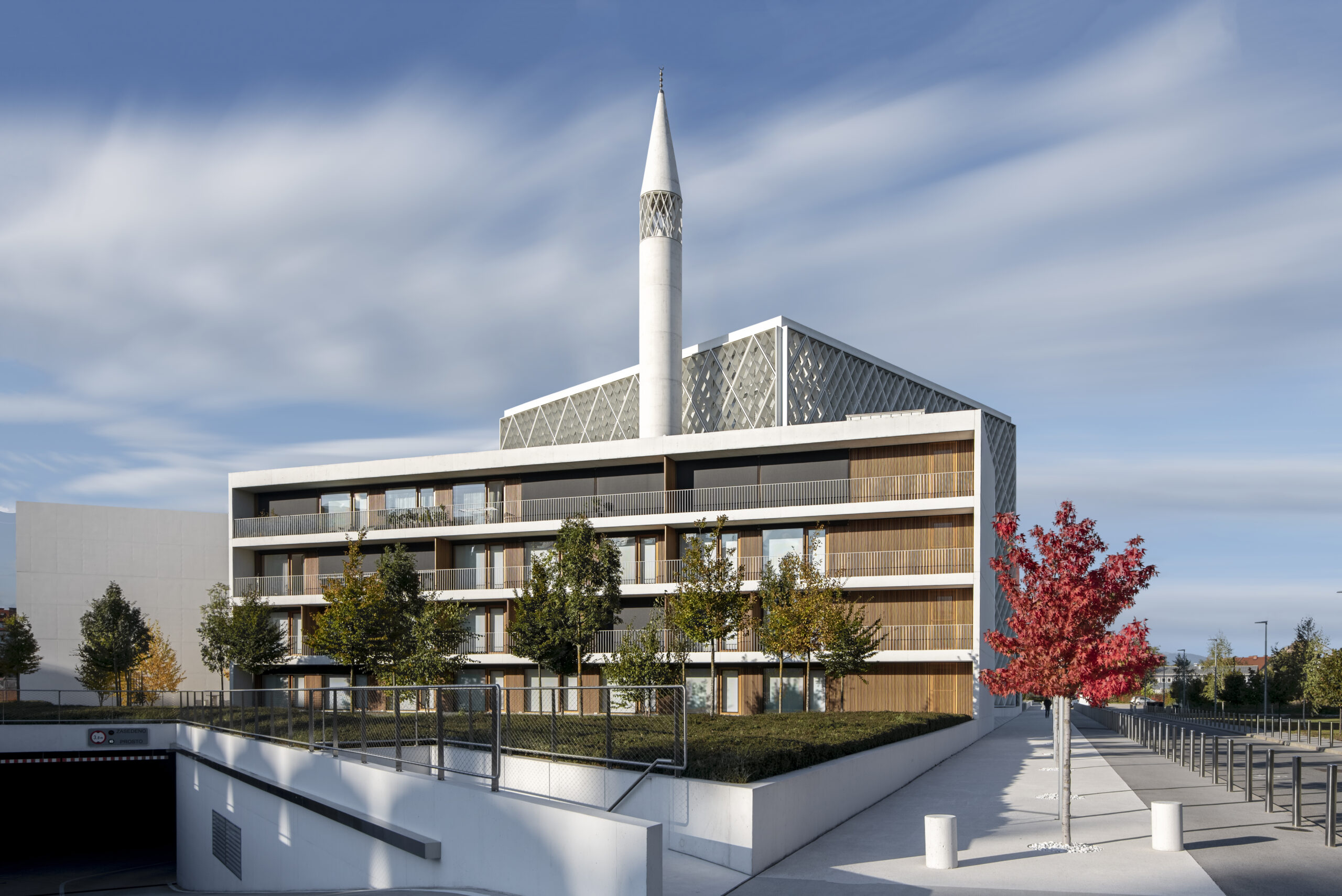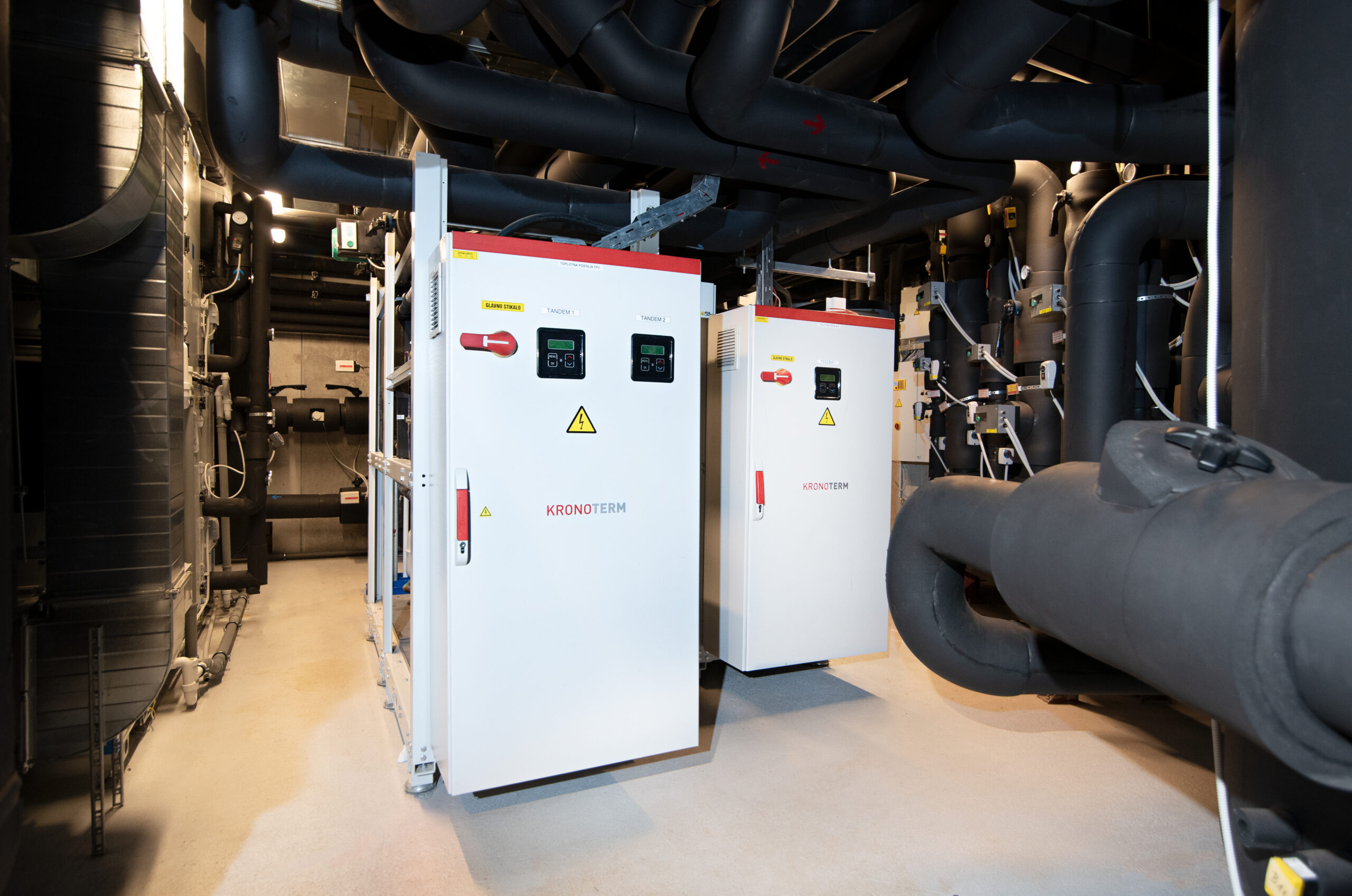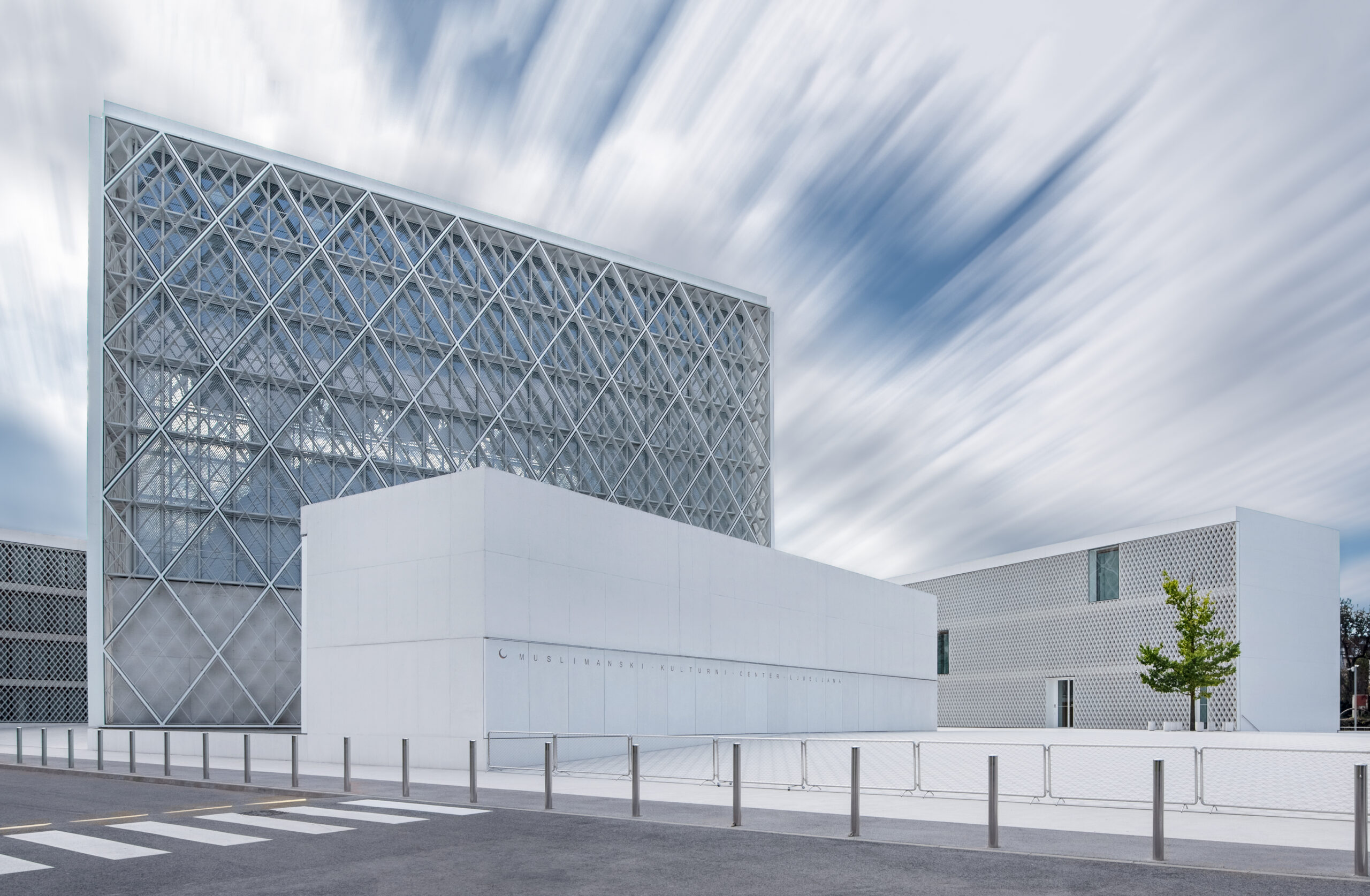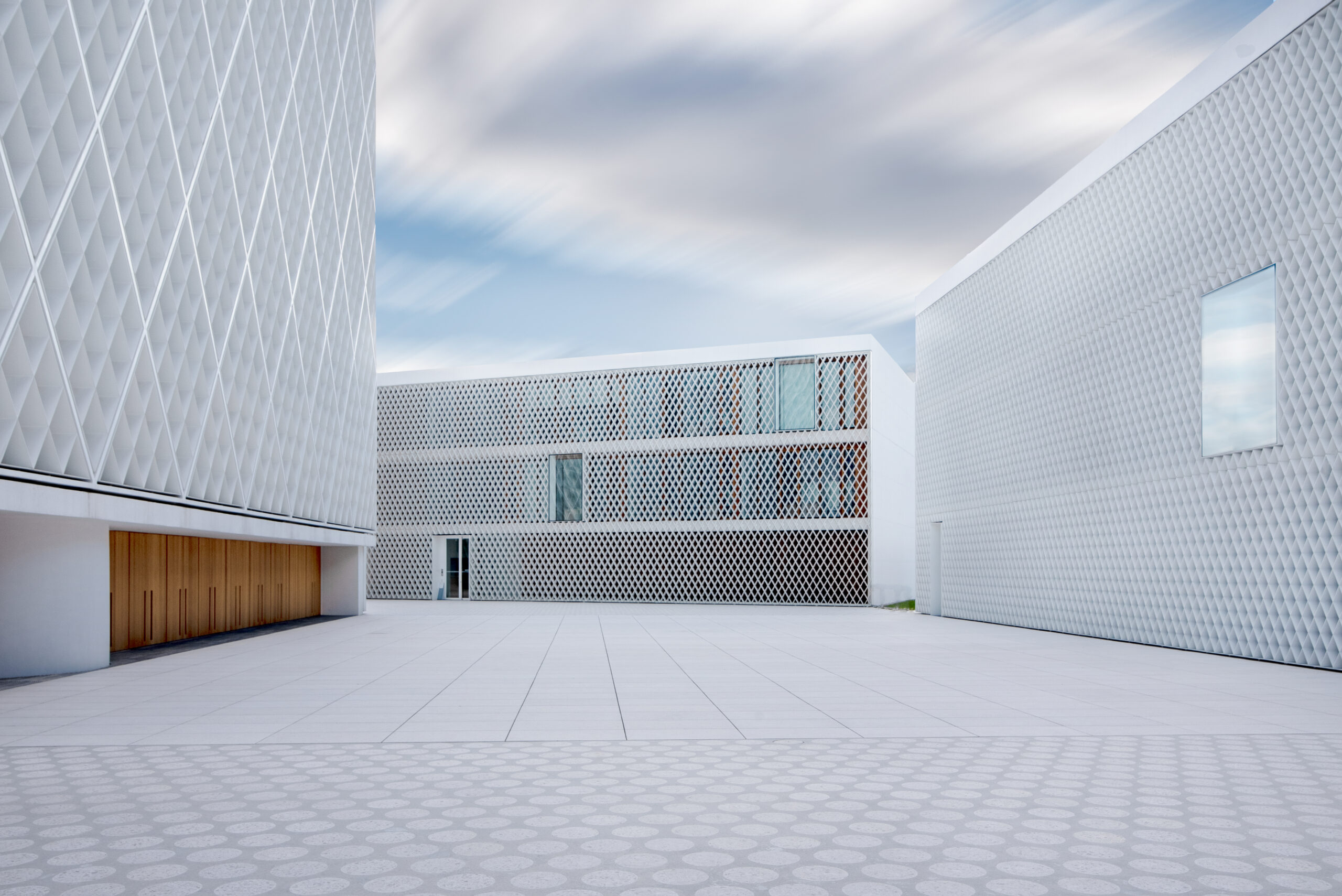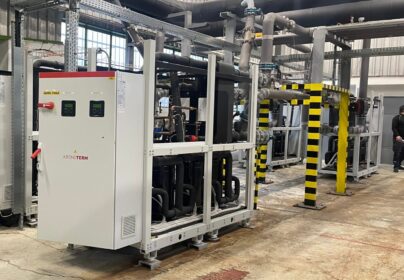The Islamic Religious and Cultural Center is not only an exceptional building from an environmentally friendly, efficient, and optimized heating, cooling, and hot water system operating cost perspective, but also from an architectural aspect. The mosque, designed by the internationally renowned Bevk Perović Architects, is one of the architectural highlights of the last decade in Slovenia. This is confirmed by numerous awards received by the building, such as the Plečnik Award 2020 (the highest professional recognition for achievements in architecture), the ZAPS Golden Pencil Award for excellent execution in 2020, and a nomination for the prestigious Mies van der Rohe international architectural award. In 2023, the building was also awarded the Abdullatif Al Fozan Award, which selected the Islamic Religious and Cultural Center as one of the five award-winning mosques out of 200 around the world.
Why is the building so architecturally fascinating? First of all, the location of the building itself is fascinating, with its biggest feature being, according to the architects, that it is without any specific features. Although located just a stone’s throw from the town center, this area directly adjacent to the railway tracks had been degraded and abandoned for a long time. The realization of the Islamic Religious and Cultural Center was important not only for the Islamic community but also for the further urban and programmatic development of this part of the town. The complex is designed as a micro-urbanism of several independent buildings with different programs (a restaurant, residential building, central religious building, etc.) that surround a common square with a mosque in the center and are connected by an underground garage. Simple, white concrete volumes are covered by a lace-like steel structure reminiscent of abstract Islamic patterns. The interior of the central religious building is marked by a hanging dome woven from celestial blue textile.



